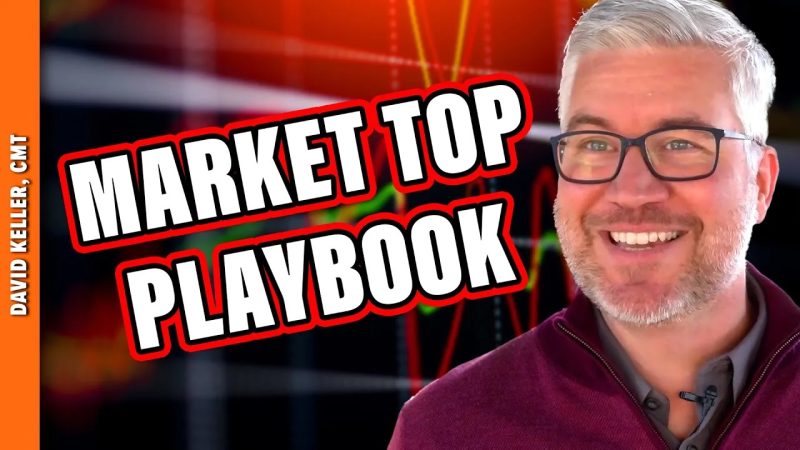In the fast-paced world of finance and investing, keeping an eye on key sentiment indicators is crucial for making informed decisions. Sentiment indicators provide valuable insights into the mood of the market, helping investors anticipate potential trends and changes in market direction. As we head into October 2024, several key sentiment indicators stand out as important metrics to track for staying ahead in the financial markets.
1. **CBOE Volatility Index (VIX)**: Also known as the fear gauge, the VIX measures market expectations for volatility in the near term. A high VIX reading indicates increased market uncertainty and potential downside risk. Monitoring the VIX can provide insights into investor sentiment and expectations for market turbulence.
2. **Put/Call Ratio**: The put/call ratio is a popular sentiment indicator used to gauge market sentiment by comparing the number of put options traded versus call options. A high put/call ratio suggests increasing bearish sentiment, while a low ratio may indicate excessive optimism and potential market complacency.
3. **Investor Sentiment Surveys**: Various investor sentiment surveys, such as the American Association of Individual Investors (AAII) Investor Sentiment Survey and the Investors Intelligence Sentiment Survey, provide insights into retail investor sentiment. Tracking these surveys can offer valuable contrarian signals, as extreme readings often precede market reversals.
4. **Smart Money Flow Index**: The Smart Money Flow Index compares the price action of the Dow Jones Industrial Average in the first thirty minutes of trading to the last hour of trading. Discrepancies between these two periods can signal the involvement of institutional investors, providing clues about the market’s overall direction.
5. **Margin Debt Levels**: Margin debt, which represents borrowed money used to purchase securities, can be a sentiment indicator reflecting investor confidence. High levels of margin debt may indicate excessive market exuberance and increased vulnerability to market corrections.
6. **Skew Index**: The Skew Index measures the perceived risk of extreme outcomes in the market, reflecting tail-risk expectations. Monitoring the Skew Index can help investors assess the likelihood of outlier events and potential market dislocations.
By diligently tracking these key sentiment indicators, investors and traders can gain valuable insights into market sentiment, positioning themselves to anticipate market shifts and make more informed decisions. Remember, sentiment indicators should be used in conjunction with other fundamental and technical analysis tools to form a comprehensive view of the market landscape. Stay vigilant, stay informed, and stay ahead in the dynamic world of investing.
